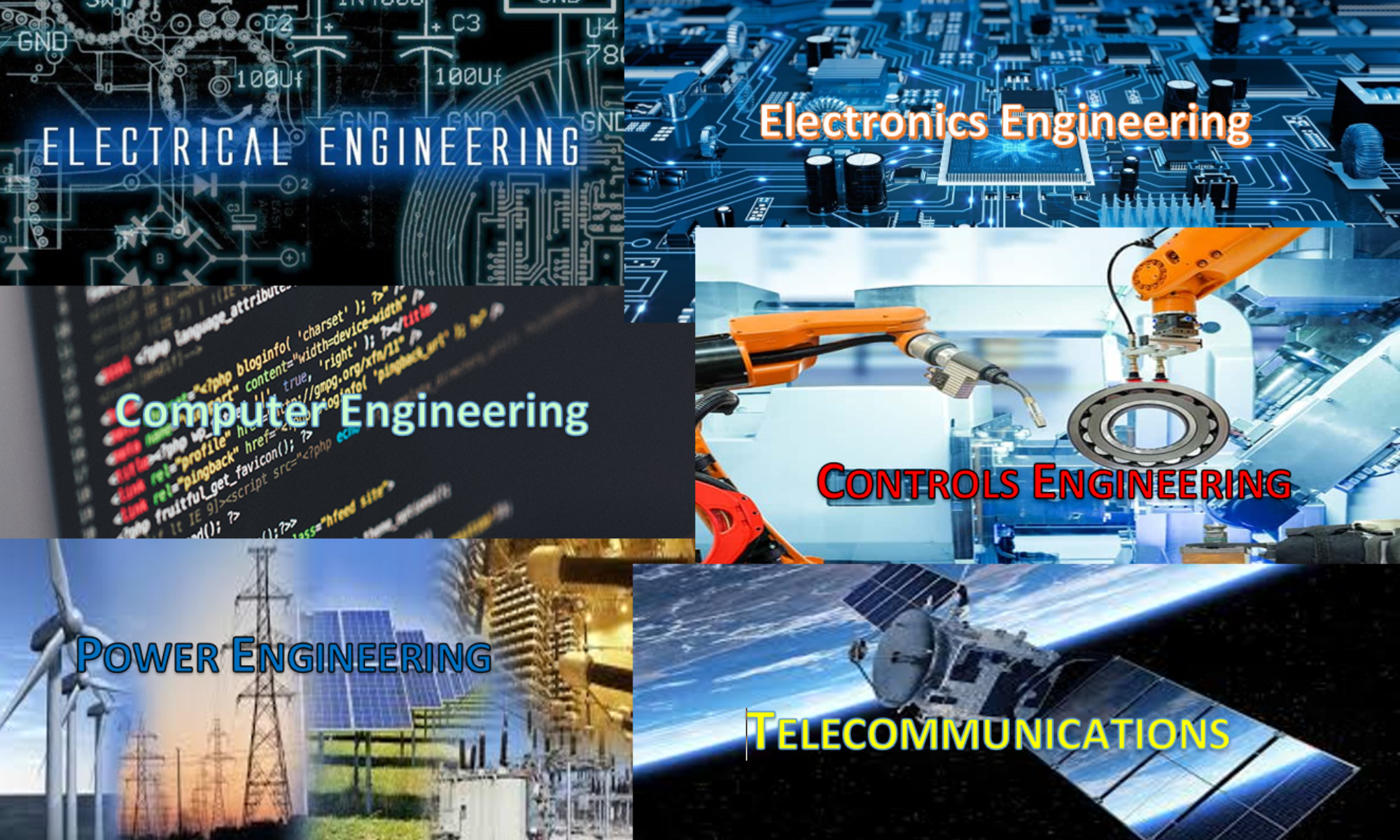FoxNews.com – Kurt Knutsson (CyberGuy Report)

Battery technology combined with innovative electric vehicle (EV) designs continue improving in efficiency, durability, reliability, and responsiveness. “Imagine pulling up to a charging station, plugging in your electric vehicle and driving off with a near-full battery in less time than it takes to grab a coffee.”
A new protype, “Nyobolt, a U.K.-based battery technology company, has recently unveiled a working prototype of an electric vehicle that can charge from 10% to 80% in just under five minutes. That’s not a typo, folks.
We’re talking about adding 120 miles of range in just a matter of a few minutes with Nyobolt’s lightning-fast charging. Nyobolt’s prototype is charging twice as fast as the speediest EVs currently on the market.”





